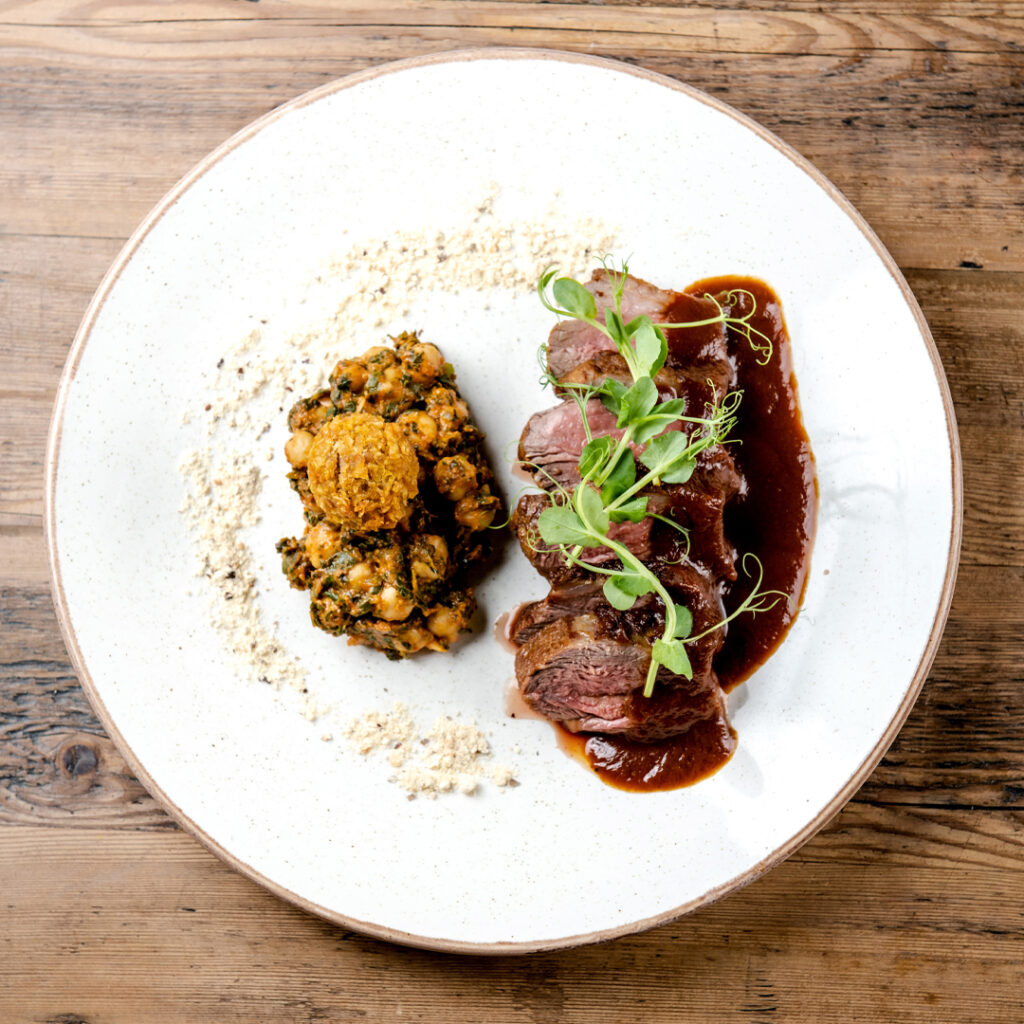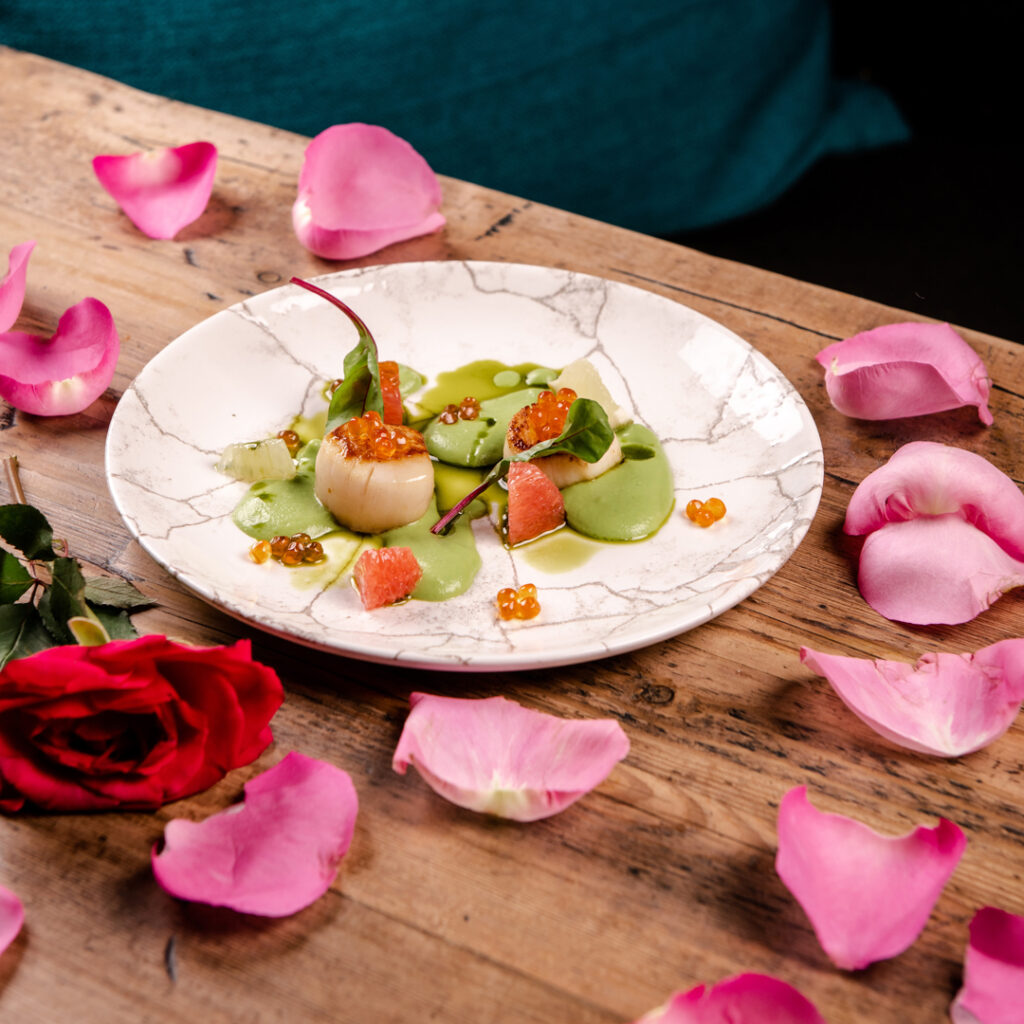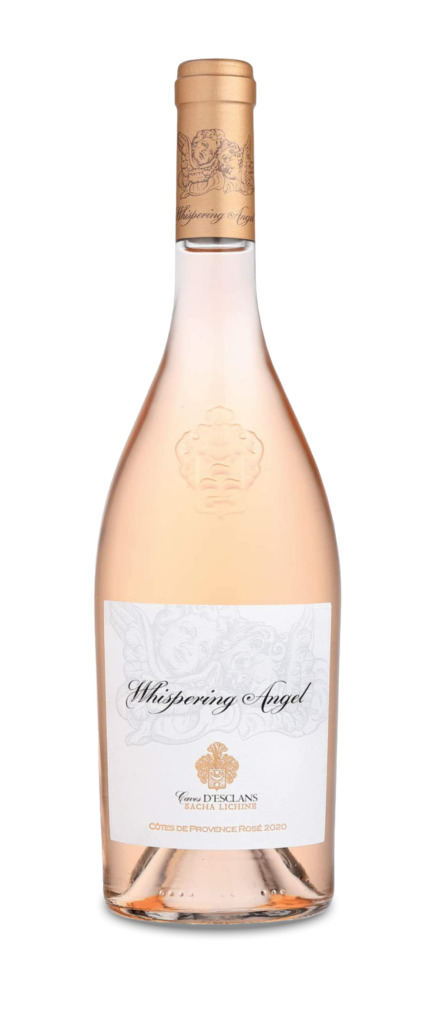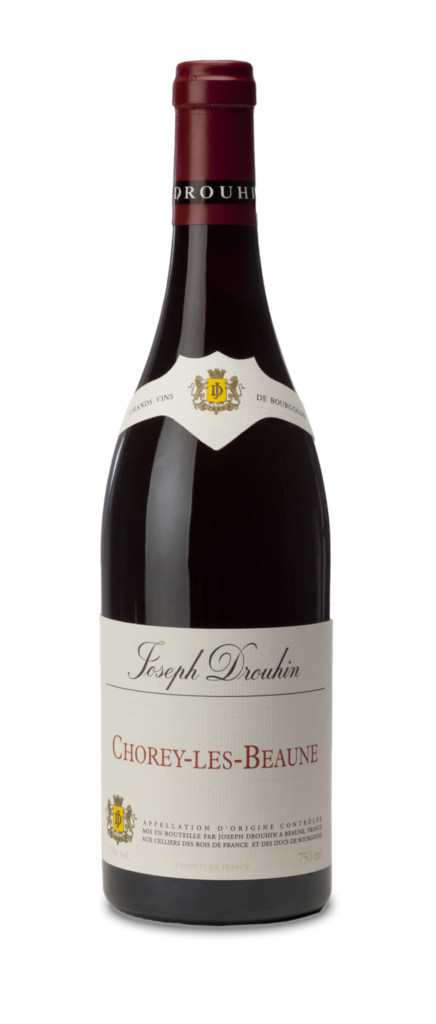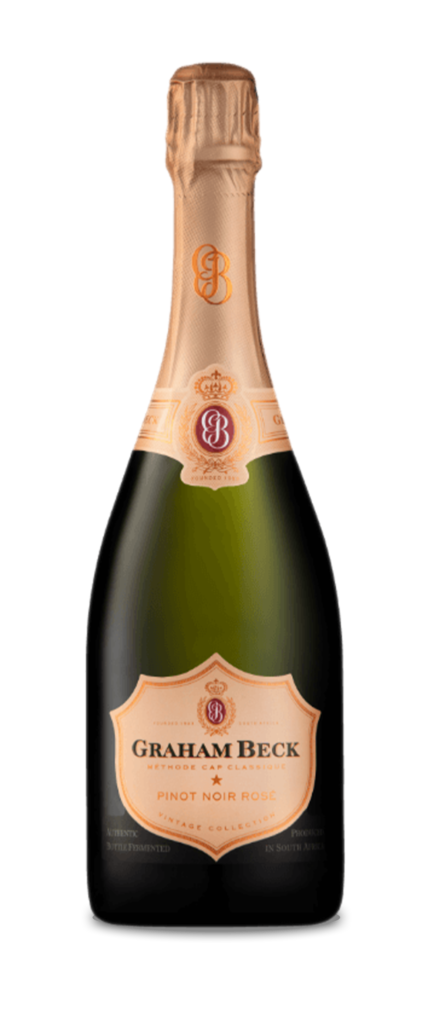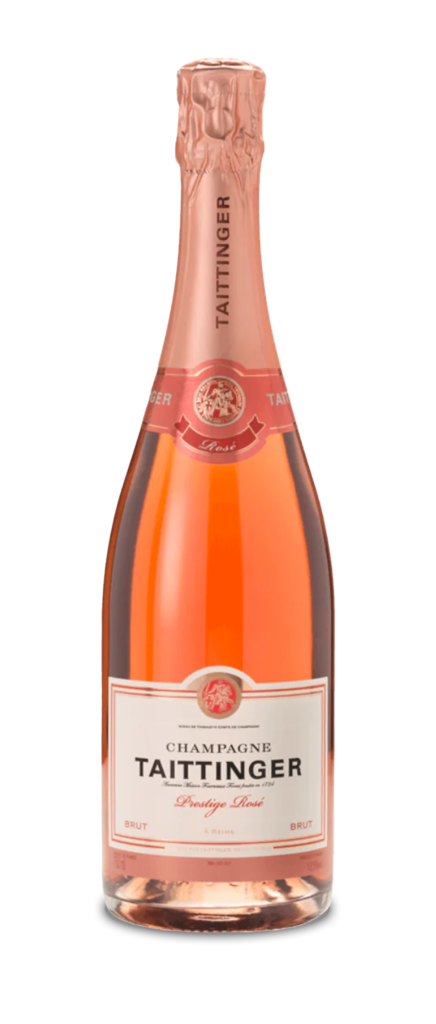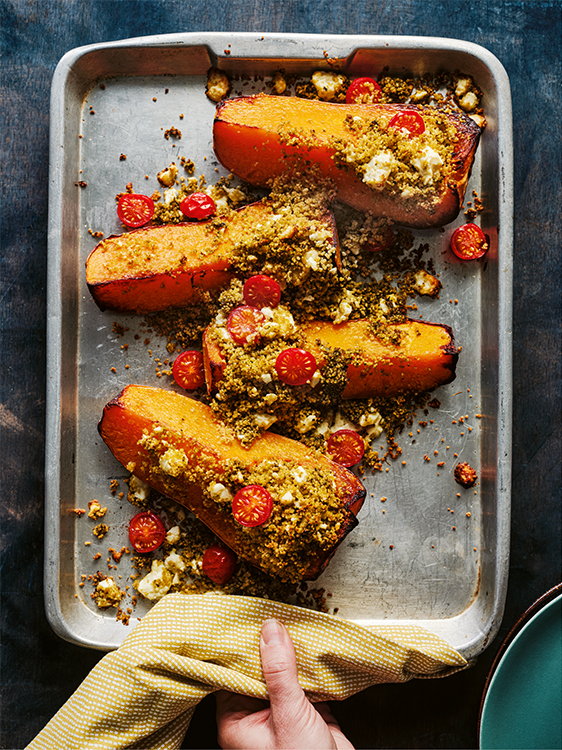Choosing where and how you say ‘I do’ and celebrate your marriage is the first big decision for many couples, finding the venue that best suits your style and vision for the day will set the tone – no pressure then!
Surrey & Hampshire Wedding Venues
You’ve said yes and now it’s time to start the planning, there are so many decisions to be made not least the venue but don’t fret there are more options than you could toss your bouquet at to suit every style, theme and budget.
Thames Valley Venues
Courtyard by Marriott Oxford South
Whether you are looking for a traditional wedding or a bespoke package, personalised to your individual requirements, the Wedding Co-ordinator will be with you every step of the way. The modern and stylish hotel can comfortably accommodate ceremonies of up to 50, cater for parties of up to 80 for dinner and up to 100 for an evening reception. They are fully licensed for civil, humanist and religious ceremonies. Whether you are planning a large party or just inviting your closest friends, the 170 guest rooms ensure everyone can stay and have a good time. Find out more at www.marriott.co.uk/oxfcx.
The George Hotel, Wallingford
Licensed for civil wedding ceremonies and with the adjacent Castle Gardens providing the ideal backdrop for photographs, The George can cater for your every need. If your celebrations are for a smaller group of family and friends, the Private Dining Room will accommodate up to 30 guests. For larger and more formal gatherings, which require evening entertainment, the Wealh’s or Sir John Hedges Suite are suitable for parties of 50 up to 100 for the Wedding Breakfast and 80 to 150 for the evening. More information at peelhotels.co.uk/george-hotel
Lains Barn, Wantage
The family-run venue has been catering for weddings and events for more than 50 years and offers a plethora of inside and outside areas for you and your guests to enjoy, without sacrificing that all-important atmosphere. The timber vaulted roof is steeped in history, dating back to 1750. The U-shaped design creates the perfect flow for your day to unfold. When night falls, Lains’ grounds are illuminated by festoon lighting – making for some seriously fabulous photo opportunities. Visit lainsbarn.co.uk.

Earth Trust, Abingdon
Mark your nuptials surrounded by nature with a rustic countryside wedding in the renovated 19th century barn at the Earth Trust at Wittenham Clumps. Not only can your celebration there be as personal and unique as you wish but you’ll also be championing the natural world and our green spaces. Fison Barn and the courtyard are both licensed for weddings and are both relaxed and picture perfect. Poem Tree Barn is ideal for mingling while you enjoy the bar and catering. The intimate courtyard is perfect for some chill-out time. More at earthtrust.org.uk.
Cosener’s House, Abingdon
The 19th century house occupies a picturesque Thames-side position with private gardens; it truly is the hidden gem of Abingdon. You’ll work with an experienced wedding planner, who will guide and advise you along your journey from newly engaged to the moment you leave as a married couple. The Cosener’s House is licensed for indoor civil ceremonies. Panoramic gardens overlook the River Thames paired with traditional rooms to hold your wedding celebrations. More at The Cosener’s House.
Cogges Manor Farm, Witney
The 17 acres of Cogges Manor Farm provide many charming locations for your photographs – the Manor House lawn, the ever-changing walled garden and the orchard. You’ll enjoy sole use of the two barns plus an area for a fire pit or garden games and shelter too. Both are licensed for civil ceremonies and are next door to St Mary’s Church. Cogges gives you the flexibility to dress and furnish the barns as you wish, and to decide on your own caterers, musicians and other suppliers with Cogges help to your own, truly bespoke wedding, Cogges.
The Post, Newbury
The Post is a beautifully modern take on a countryside wedding venue. The English oak barn brings together contemporary architecture and bespoke design to create a wedding that reflects you and your vision, whether it’s a grand outdoor affair with dramatic sliding doors or an intimate candle-lit ceremony beneath the oak beams. The luxurious bridal pamper room is available for you and your bridal party to enjoy precious time together as you prepare for your big day. The dedicated wedding team will be on hand while your partner and guests are getting ready at the hotel. Visit thepostbarn.co.uk.

Ufton Court, Ufton Nervet
Ufton Court is a charming and historic Tithe Barn and Grade I Listed Manor House wedding venue. The 16th Century timber-framed Tithe Barn provides the perfect blank canvas for your wedding celebrations. From the breath-taking driveway, perfectly manicured courtyard, traditional white walls and flagstone floors of the Tithe Barn to the historic Manor House and the grounds beyond. Whether you are looking for a cosy winter wedding with an open fire and blankets or a summer wedding with drinks on the terrace and garden games, Ufton Court is at your disposal. Additionally by holding your wedding at Ufton Court you will be directly helping the onsite children’s charity which supports hundreds of children and their families. Discover it for yourself at uftonweddings.co.uk.

Elcot Park, Newbury
Recently named as Britain’s Best Hotel by The Times, The Retreat at Elcot Park between Newbury and Hungerford is a perfect wedding venue. A reimagined Georgian country house, The Retreat has beautiful private spaces, 55 individually-styled bedrooms, two stunning restaurants and an indulgent spa, all surrounded by glorious Berkshire countryside. A dedicated events team will help you plan your wedding, your way. Visit www.retreatelcotpark.com.
Notley Abbey, thame
Boasting a rich history of royalty and Hollywood celebrity, it now serves as an incredible exclusive venue that is unlike any other around. Choose from The Abbot’s Hall or The Monks’ Refectory to exchange your vows, both showcasing stunning architectural highlights. Why not tie the knot outside in the idyllic sun trap that is the Walled garden? More at Notley Abbey.
The Swan At Streatley
The Aviary is the stunning setting for your special day at The Swan, from your ceremony for up to 120 of your family and friends to your reception for as many as 200 in the evening. Chefs have created a selection of menus for you to dine on for the wedding breakfast and at the end of your special day enjoy the night in a complimentary River Suite – six bedrooms will also be reserved for your nearest and dearest while you’ll also get a unique code for your guests to book online too.
Leander Club, Henley
Many wedding parties for the elegant Edwardian venue choose to arrive at Leander either by boat or on foot – it’s just a short walk over the bridge from Henley. Enjoy photographs on the lawn or landing stage before your wedding breakfast in the stylish dining room adorned with artworks and painted oars. Dance the night away with family and friends before a fabulous fireworks display to round off your special day.
Stanlake Park & Vineyard, Charvil
One for wine lovers – you’re sure of a divine experience in the vineyard at Stanlake Park to toast your sparkling day. The picturesque venue is set in 150 acres of gorgeous grounds, with a tree-lined driveway. Vintage barns have been restored to conjure up an idyllic location and there’s a variety of settings to say I do, hold drinks receptions and play lawn games. Stanlake Park guarantees you beautiful photographs at any time of year.
Badgemore Park, Henley
From the moment you arrive at Badgemore Park, you’ll know this is the place for you. From major corporate events to weddings, private parties and celebrations – the opportunities are endless with the choice of three stunning settings: The Coach house, The Fairway and a beautiful, covered Courtyard. Talk to the team to make your event memorable, and perfect in every way. More at badgemorepark.com.
Stokes Farm Barn, Wokingham
The picturesque family-run Stokes Farm Barn is a rustic wedding venue full of character and licensed for civil ceremonies. The main barn is a bright space with floor to ceiling windows and beams. Enjoy drinks and canapes on the lawn and patio and the balcony bar presents the opportunity to watch those strutting their stuff overlooking the dance floor.
Monkey Island Estate, Taplow
The centuries-old retreat hidden alongside the River Thames offers the perfect setting. Picturesque and private, you’ll create unforgettable and precious memories. Whether you are looking to hold a dream countryside wedding with a marquee on the lawns, an intimate ceremony and dinner party or an elegant wedding in the stately ballroom, Monkey Island Estate can cater for everyone.

Wasing Park, Aldermaston
Located in the rural village of Aldermaston, Wasing Park is a luxury wedding venue set in stunning 18th-century parkland with historical buildings. The wonderful wedding venue boasts a stunning Victorian Summerhouse, a Castle Barn and the spectacular Stables Lodge. Located in the Terrace Garden, the Victorian summerhouse is traditionally built with wooden seating to all sides, often used for the ceremony in spring and summer. The interior has a hand-painted mural – a stunning photo backdrop.
Combe Manor Barn, Hungerford
The country house was listed in the Domesday Book in 1086 so getting married here assures your day will become part of history. The venue is licensed to hold civil ceremonies and for those wanting a church service, there is a beautiful 12th century church just yards from the barns. Only one wedding a week is hosted giving you access to the barns from the Wednesday prior to your special day. They have a list of excellent suppliers for your catering and floristry who are both local and have worked at Combe successful in the past. Other features included in the hire are a beautiful bridal bedroom with en suite bathroom for the day and much more. See more at Combe Manor.
Chalk Barn, Rushall Near Pewsey
A wedding at Chalk Barn is a truly exceptional experience. The day before your wedding is included as standard whether you have a hands on approach or a team to help you set up, the barn is yours for the day to decorate, dress, and perfect. Say I do in the barn or on the infinity lawn, the Wiltshire countryside is your backdrop. From a rustic feast to a refined banquet, artisan producers can help create a menu perfect for your day. And after you’ve celebrated, spend the night in The Hide.
Rockley Manor, Marlborough
Usually a private residence, the Grade II listed manor invites you to host your wedding day in the stunning grounds and house. You will have exclusive use of the grand 18th century manor and gardens to create a romantic and tranquil setting. The dedicated and experienced team’s attention to detail makes no aspect of your wedding too big or too small, leaving you with peace of mind, and your guests wowed at the how perfectly the day has run. Wedding breakfasts are held in the impressive Baronial Hall, while the courtyard and Park make the perfect backdrop for your wedding photos. Find more Rockley Manor Wedding Venue.
Templars Weddings, Hungerford
Templars is still a working farm today so perfect for a rustic yet elegant special occasion. Land owner Charles Perry rebuilt Templars Barn in 1998. The entire barn is seven bays long and you’ll notice the roof is a shade of pink because it reminded Mr Perry of the family holidays in the south of France. The property also comes with ample parking and a paddock for outdoor drinks and activities. Discover more at Templars Weddings.

Surrey & Hampshire Venues
Farnham Castle
Farnham Castle is a stunning historic, multi-award-winning venue for weddings, overlooking the historic, market town of Farnham, on the Surrey/Hampshire border. It is the perfect choice for your wedding, from ceremony, to reception, to party… and after the party you can relax overnight in the Guildford Honeymoon Suite, and for your guests, 33 guest bedrooms await. However you want to celebrate, the experienced team of Wedding Specialists will ensure that your wedding is managed to perfection. www.farnhamcastle.com | [email protected] | 01252 720402.
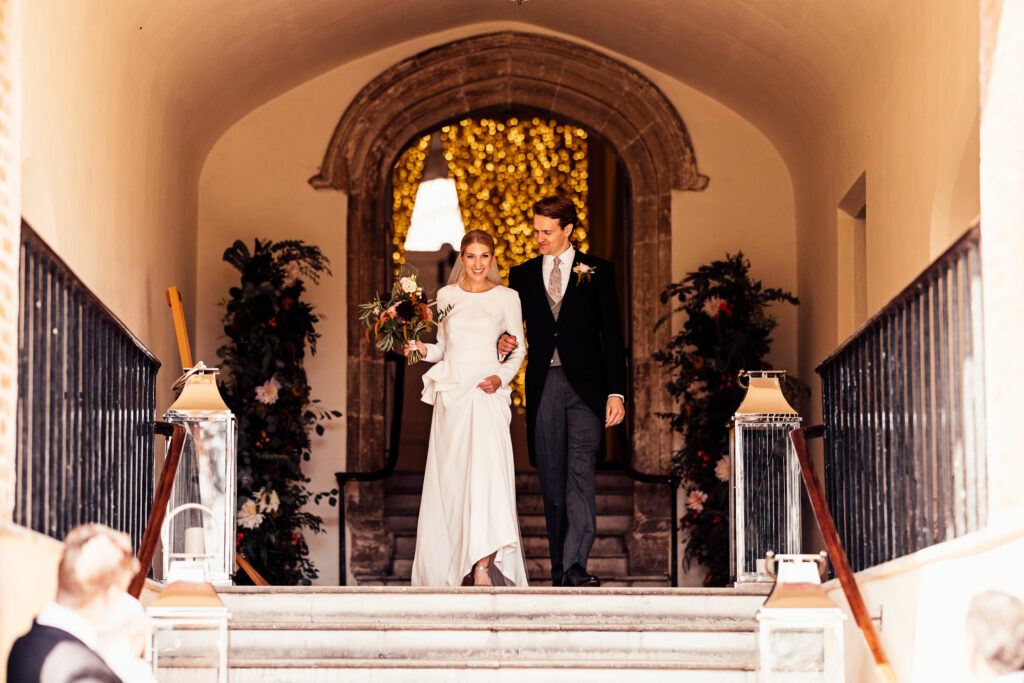
Painshill, Cobham
Painshill is a beautiful 18th century landscape full of picturesque garden buildings and stunning views. They are licensed to host ceremonies within the Gothic Temple, a romantic folly with an incredible backdrop. Couples can then take advantage of wonderful photo opportunities around the landscape at beautiful locations, featured in Married At First Sight and Bridgerton, including the sparking Crystal Grotto. Contact them today at painshill.co.uk to book an appointment to experience the views for yourself.

Gorse Hill, Woking
The Edwardian mansion sits in 17 acres offering oodles of photo opportunities for your bridal party while guests enjoy a drinks reception on the lawns. The Garden Suite Ballroom is available for seated wedding breakfasts and evening receptions. A private balcony overlooks the gardens from the honeymoon suite and with 67 rooms there is ample accommodation for guests too. More at Gorse Hill | Woking.
Great Fosters, Egham
The five-star hotel is set amongst 50 acres of stunning formal gardens and is licensed for civil ceremonies for up to 180 guests. The Tithe bar is a charming location for the wedding breakfast and up to 220 guests for an evening reception. Smaller celebrations can be held in The Orangery. The hotel’s gardens, with a Japanese bridge, lake, fountain and and Saxon moat, provide an idyllic backdrop. Find more at Great Fosters Hotel.
Pennyhill Park, Camberley
Exchange your vows in the Terrace Pavilion surrounded by 120 acres of stunning countryside and then head to the lily pond for unforgettable memories and photos you’ll treasure. Indoor ceremonies will be against the backdrop of the Library with vintage fireplaces and large windows offering views of the grounds. Handcrafted chandeliers add an elegant touch to the banquet hall where you’ll enjoy award-winning cuisine. Find out more The Pennyhill Park Hotel.
Coverwood Lakes, Gardens & Farm, Cranleigh
Those looking for less formal and ‘traditional’ style weddings will be intrigued by this unique venue which hosts tipi weddings amid 225 impressive acres of landscaped gardens and lakes. Only a limited number of weddings are held here each year so your lakeside setting is sure to be even more memorable for you and your guests in marquees and tipis on the lawns – perfect for your special day whether a traditional wedding, more bohemian or rustic.
Worplesdon Place, Guildford
The 19th-century manor house is located within two acres of landscaped gardens overlooking the swan lake. It can comfortably host up to 50 seated guests or 80 guests for an evening celebration and features a DJ and buffet space. An on-site event coordinator will assist with planning and additional amenities and facilities are available to you and guests.
High Billinghurst Farm, Guildford
The enchanting and romantic venue showcases the Hay Barn with large inglenook fireplace, bar and dancefloor for up to 150, with the interlinking Elizabethan Barns providing the perfect space for receptions, ceremonies and blessings. There is ample space for marquees, tipis or stretch tents if required and an area that can be used for glamping with toilet pavilion and showers.
Lythe Hill Hotel, Haslemere
Want your wedding to be part of history? Then how about a 16th century Tudor House for the venue overlooking a lake with breath-taking views of the South Downs. The combination of old-world charm and contemporary decor is sure to appeal with a sky view lantern roof and exposed beams while in the summer what could be better than the outdoor gazebo to say ‘I do’.
Gate Street Barn, Guildford
This family-run property is a working farm complete with cattle and pigs and is available to host weddings all year round. Get back to nature with a ceremony in The Barn or perhaps you want to tiptoe through the bluebell-lined paths for a fairytale blessing in the woods. If you decide to tie the knot in autumn or winter, wood-burning stoves will add to the magic of the day. Beautiful onsite accommodations can sleep up to 28 guests with the happy couple often opting for the seclusion of The Hayloft. Find more at Gate Street Barn.
Froyle Park, Alton
Jacobean features, a grand staircase and ornate fireplaces will greet you and your guests here for a ceremony that can host up to 300. A choice of ceremony venues is available depending on your requirements but you’re guaranteed to fall in love with whichever you choose. Luxurious en-suite bedrooms will welcome guests after a hard day’s celebrating. Discover more at Froyle Park Harbour Hotels.
The Anchor Inn, Alton
Fully licensed to host civil ceremonies, the country pub wedding venue offers a choice of private indoor and outdoor spaces of which the State Room takes pride of place. Full of charm and tradition, The Anchor Inn is the ideal venue for those looking for an intimate ceremony, larger parties can wine and dine in the rustic-style restaurant. The courtyard garden offers space to gather outside on warmer evenings.
Departure Lounge Café, Alton
The vintage decoration will impress those looking for an alternative wedding reception venue but will also provide everything you’re looking for from your special day in this unique countryside location. Catering for up to 150 guests in the café, marquee and gardens, the Departure Lounge is fully licensed and offers an afternoon tea option, buffet menu or hog roast. There is an area ideal for a live band or disco and the premises can be decorated to your taste.

Gilbert White’s House, Selborne
Enjoy your day in the 16th century Hampshire Barn, with glorious views over meadows, or for a more intimate ceremony and reception, the historic house and White’s Bistro. The Great Mead affords a charming location for an outdoor reception whether this is a marquee, teepee or bell tent you will be surrounded by stunning views in this location that allows you to celebrate your wedding, your way. Couples also have the opportunity to work with Gilbert White’s Brewery, to make their own loving brew for their special day. The venue is pet-friendly too, allowing your furry friends to share in your day.
The Welldiggers Arms, Petworth
The authentically British pub boasts intimate rooms and a delightful alfresco dining area with space for up to 120 guests using indoor and outdoor areas. The cottage style garden is ideal for summer celebrations while in winter it is heated and weatherproof with fur blankets on the furniture to keep you cosy. Embracing all that epitomises the country pub with local real ales and traditional British cuisine, a dedicated event team will be on hand to help you with every aspect and at the end of the day, one of the 14 en-suite rooms awaits. Find more at The Welldiggers Arms.
Cowdray Walled Garden, Midhurst
A hidden gem of a venue set against the astounding backdrop of Cowdray Ruins in the heart of the South Downs. Licensed for both indoor and outdoor ceremonies, up to 100 guests can be seated for the big moment in either the Castle Room which looks out over the ruins and the Courtyard with exposed stone walls which allow an opportunity to bring the outside in. The Walled Garden work with a selection of carefully chosen caterers with a strong emphasis on sustainability.
The Lismoyne Hotel, Fleet
A tree-lined driveway leads to this stunning property, complemented by beautiful English gardens and overlooked by a 300-year-old sequoia tree. The property is licensed for ceremonies in two banqueting rooms, conservatory or outside in the gazebo. This memorable location is perfect for both large and more intimate weddings, offering a perfect backdrop for your very special day. Explore more at Weddings | Hotel Wedding Packages Hampshire.

The Elvetham, Hartney Wintney
Original feature fireplaces, rich oak walls and spectacular views of perfectly manicured gardens create the perfect backdrop for your wedding. Choose from the Oak Room (up to 120 guests), the Morning Room (up to 50 guests) or an outdoor ceremony under the arches of the original Victorian summerhouse. Larger parties can then dine and toast the happy couple in the Grand Library whose walls are adorned with literature. Thirty five acres of gardens will provide you with so many photo backdrops you’ll be spoilt for choice. Find more at The Elvetham Hotel.
Lythe Hill Hotel, Haslemere
Want your wedding to be part of history? Then how about a 16th century Tudor House for the venue overlooking a lake with breath-taking views of the South Downs. The combination of old-world charm and contemporary decor is sure to appeal with a sky view lantern roof and exposed beams while in the summer what could be better than the outdoor gazebo to say ‘I do’. Explore more at Weddings – Lythe Hill.















